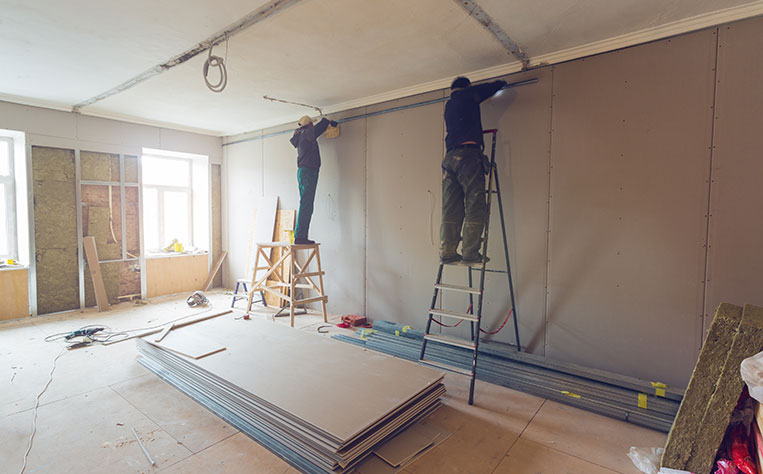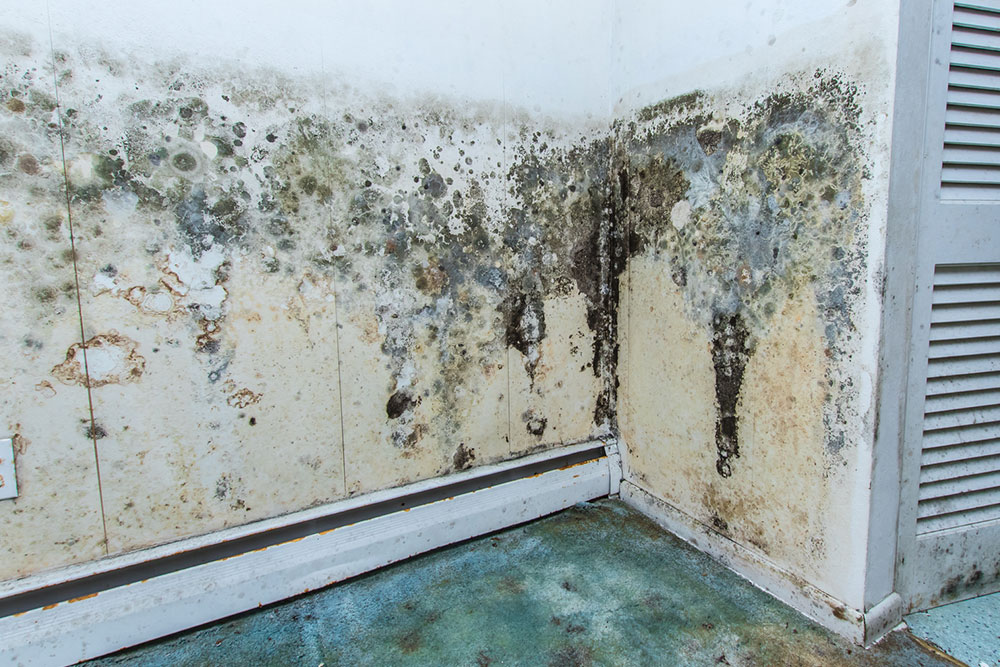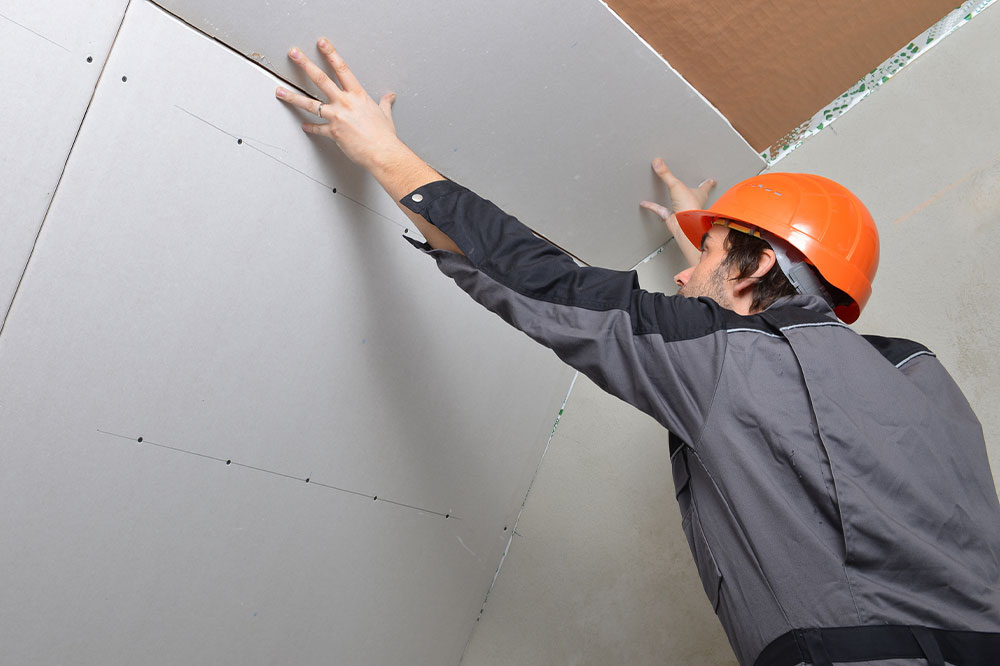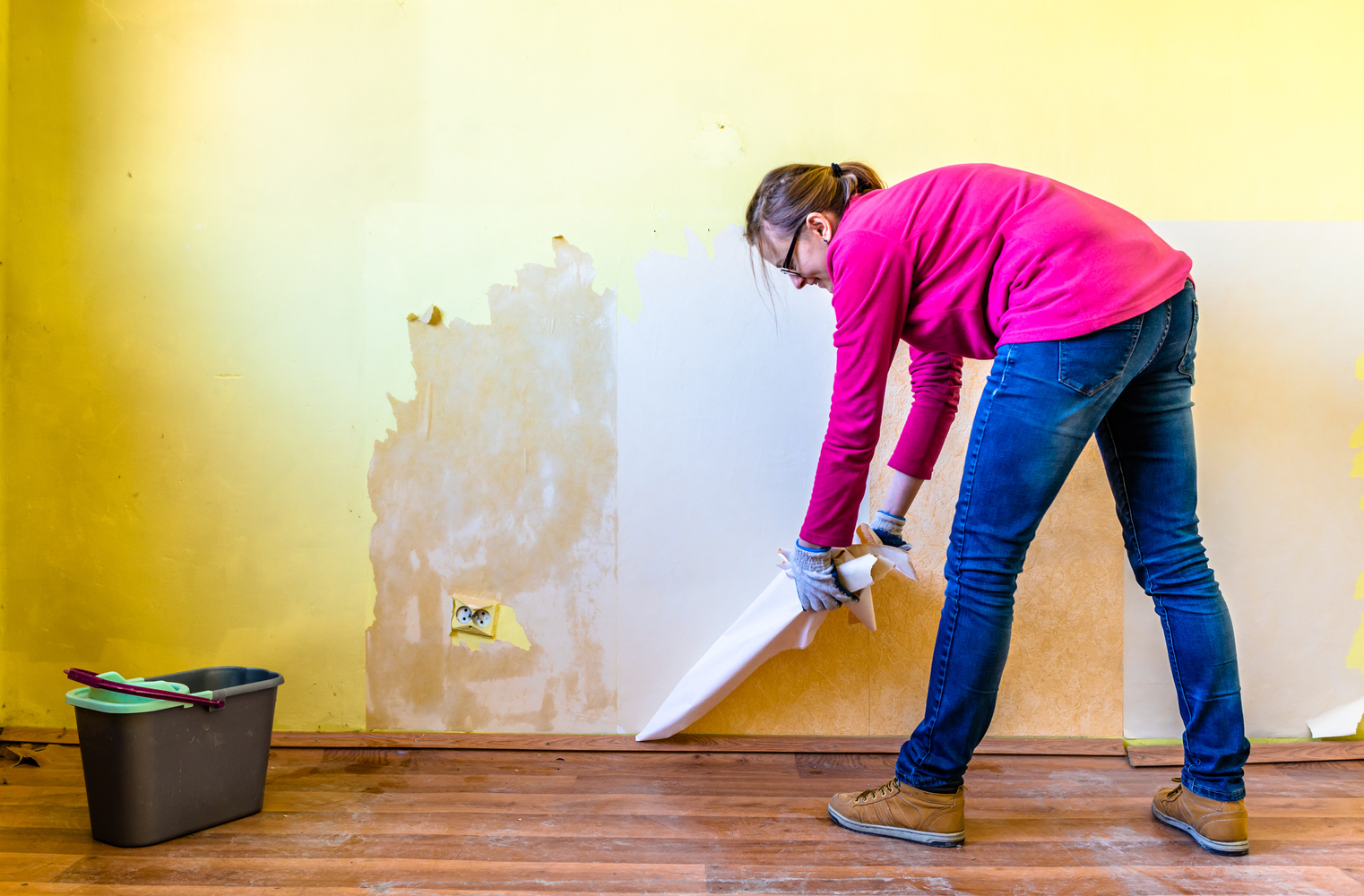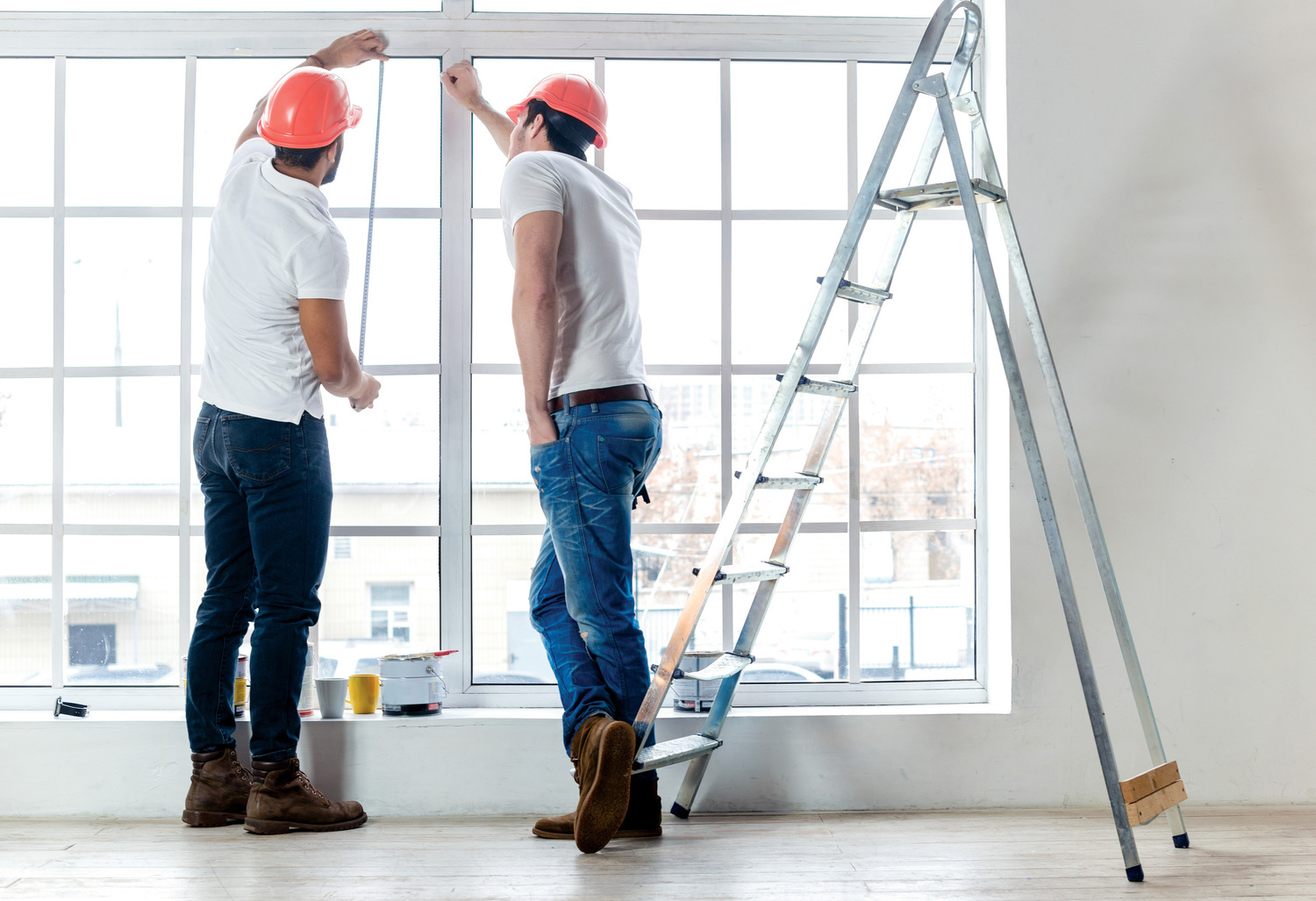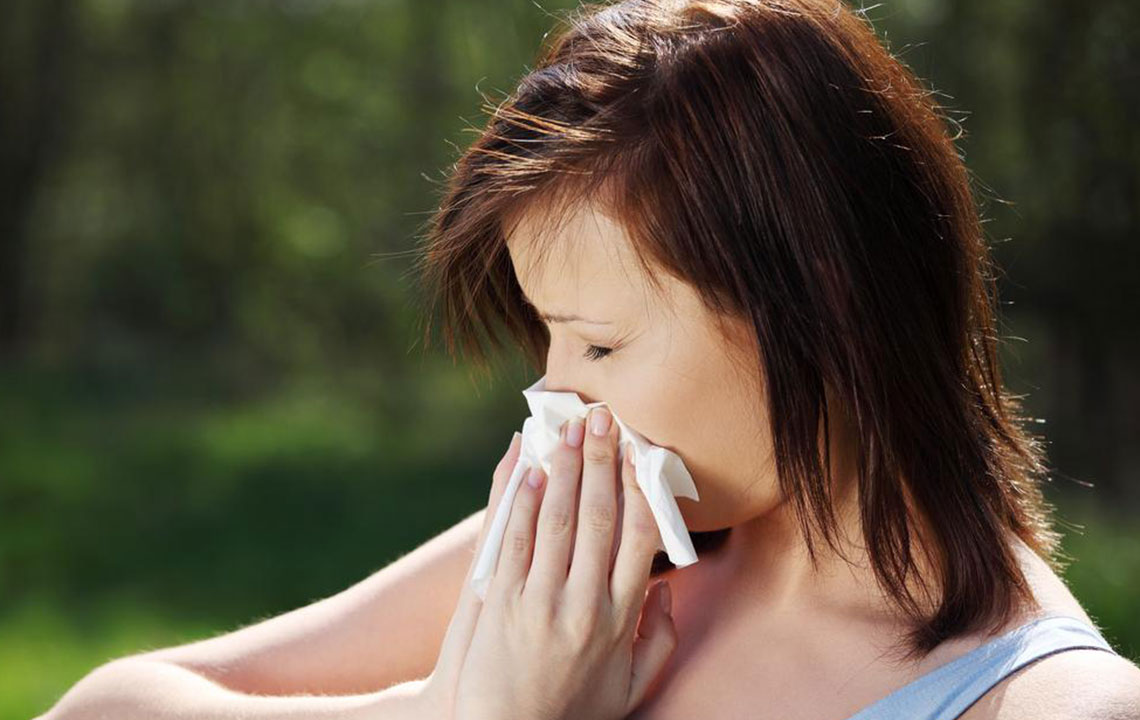Comprehensive Guide for Water and Mold Damage Restoration Specialists
This comprehensive guide provides essential tips for water and mold damage restoration specialists. It covers prompt response techniques, advanced detection tools, mold removal strategies, and long-term prevention methods. The article emphasizes the importance of early intervention within 48 hours to minimize damage, health risks, and costs. Expert restoration ensures efficient recovery from water-related disasters, protecting both property and health. Learn how professionals assess damage, execute remediation, and prevent mold proliferation for safe, effective restoration outcomes.
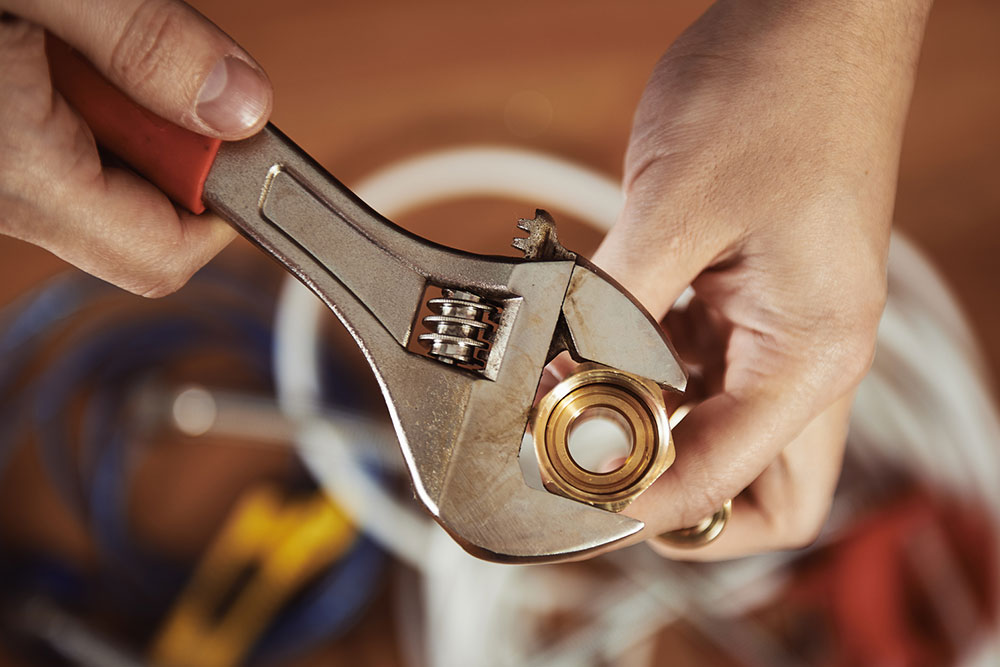
Comprehensive Guide for Water and Mold Damage Restoration Specialists
Experiencing water-related disasters such as plumbing failures, flooding, or roof leaks can cause significant damage to residential and commercial properties. Rapid and expert intervention is essential to mitigate further harm, especially in preventing mold growth which can pose severe health risks. This detailed guide offers essential insights and practical tips for professionals involved in water and mold damage restoration, emphasizing the importance of quick response, advanced techniques, and effective remediation strategies.
When water infiltrates a building, whether due to burst pipes, natural flooding, or roof leaks, the initial response plays a critical role in minimizing long-term damage. The very first step involves prompt water extraction using specialized equipment like industrial pumps, wet-vacs, and high-powered dehumidifiers. Immediate removal of standing water prevents further infrastructure deterioration and sets the stage for effective mold prevention. Professional restoration teams are trained to evaluate the extent of water intrusion, assess the structural stability, and determine which materials need to be removed or salvaged.
One of the most pressing concerns following water intrusion is mold growth. Mold can begin developing within 24 to 48 hours in moist environments, and some species like Stachybotrys chartarum (black mold) are particularly toxic and dangerous. Toxic molds release spores and mycotoxins that can lead to respiratory issues, allergies, and other health problems. Therefore, thorough detection, containment, and removal are paramount. Restoration specialists utilize advanced tools such as infrared cameras for moisture mapping, air scrubbers with HEPA filters for mold spore removal, and antimicrobial agents to disinfect affected surfaces.
In addition to mold remediation, comprehensive water damage repair involves several critical steps. These include debris removal, cleaning and sanitizing affected surfaces, and carefully drying out insulation, drywall, and flooring. Drying techniques often involve the use of industrial fans, low-grain refrigerant dehumidifiers, and moisture meters to ensure complete evaporation of residual moisture. Proper surface drying prevents mold spores from settling and proliferating further.
Restoration professionals also focus on content restoration. They carefully document damaged belongings, pack out valuable items, and use specialized cleaning procedures—including ozone treatment and ultrasonic cleaning—to restore personal property whenever feasible. Structural repairs may involve replacing drywall, insulation, carpets, and other compromised building materials. The goal is to restore the property to its pre-damage condition while ensuring safety and health standards are met.
Prevention and early detection are vital components of an effective water and mold damage control strategy. Industry experts recommend inspecting vulnerable areas like basements, attics, and crawl spaces regularly for signs of dampness or leaks. Installing moisture sensors and alarms can provide early warnings of water intrusion. The immediate response within the first 48 hours after water exposure significantly reduces the risk of mold development and extensive repairs, saving both time and costs.
Furthermore, the role of professionals extends beyond immediate cleanup. They provide clients with guidance on moisture mitigation, repair planning, and long-term prevention measures. This may include improving ventilation, sealing leaks, and increasing water drainage efficiency. Certified mold remediation experts follow stringent protocols aligned with industry standards, such as those set forth by the IICRC (Institute of Inspection, Cleaning, and Restoration Certification), ensuring the process is safe, thorough, and compliant with health regulations.
In summary, effective water and mold damage restoration requires a blend of rapid response, advanced technology, and comprehensive cleanup strategies. By entrusting your property to trained professionals, you can ensure that water intrusion and mold growth are managed efficiently, minimizing health risks and restoring your space promptly. Whether dealing with minor leaks or major flooding, timely and expert intervention is your best defense in safeguarding property integrity and personal health.
